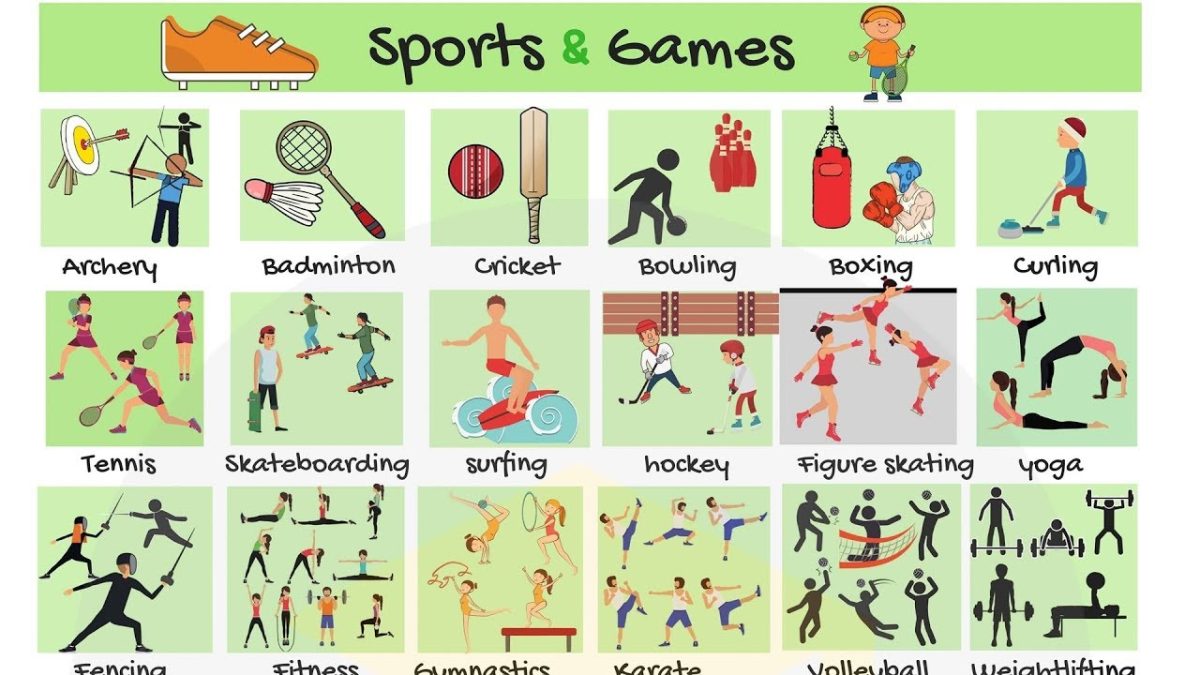Class pets have always brought attention to everyone. But why do only some teachers have them while others don’t? There are many benefits that help students learn more about the subject. According to the Pet Age 2022 Survey, students will get better attendance, decreased anxiety, academic improvement, enhanced social skills, and responsibility.
The most common class pet is a goldfish due to them being relatively low maintenance. Despite this they help educate students by learning how important staying hungry and growing is important for survival. Hamsters are also similar to goldfish with them also having really low maintenance. However, unlike the goldfish they teach students the importance of habitats. Hamsters are typically nocturnal meaning they are active at night and asleep during the day. Turtles and axolotls are both water based animals that are also low maintenance with only really needing a good clean water and tank. Turtles can open up conversations and differences about reptiles and amphibians. Speaking of amphibians, the axolotl is a type of salamander found in Mexico. Unlike most class pets they are carnivorous despite them being as small as a tea cup. They are able to regenerate their bodies and breathe through their external gills. Axolotls are pretty popular due to the popular game Minecraft. This can cause kids to be more excited to enter the classroom.
Mr. St Peter, an 8th grade science teach for team Cimmarron has a pet bearded dragon named Dusty who he brings every Monday and Tuesday. When asked “What does Dusty teach students?” he replied with “Any class pet helps teach students empathy. Whenever students tap on the glass it disturbs Dusty so I teach students that it actually irritates her.”
Some animals aren’t safe in a classroom environment unlike the others listed above. Ferrets may seem cute and adorable up close with their small stature but they are known for nipping and play biting which may seem ok at home but it’s not allowed in a classroom. Ferrets also have a distinctive musty smell that can permanently engrave your classroom. Rabbits are another warm fuzzy animal that is not allowed in a classroom. Unlike other animals on this list rabbits are quite big. Due to this rabbits aren’t meant to be cooped up in a cage for most of their day. If you’ve ever seen a rabbit in person you would know that they are typically shy animals not being to fond of noise making a classroom harmful for it. In general, birds are not good class pets. They do teach kids a lot and dont mind being in a cage however most birds carry a host of diseases such as avian tuburculosis and campylobacterosis.
Overall, class pets get students excited to go to school every day. The animals can give students a visual on learning along with positive effects such as academic improvement and lowered anxiety.





























